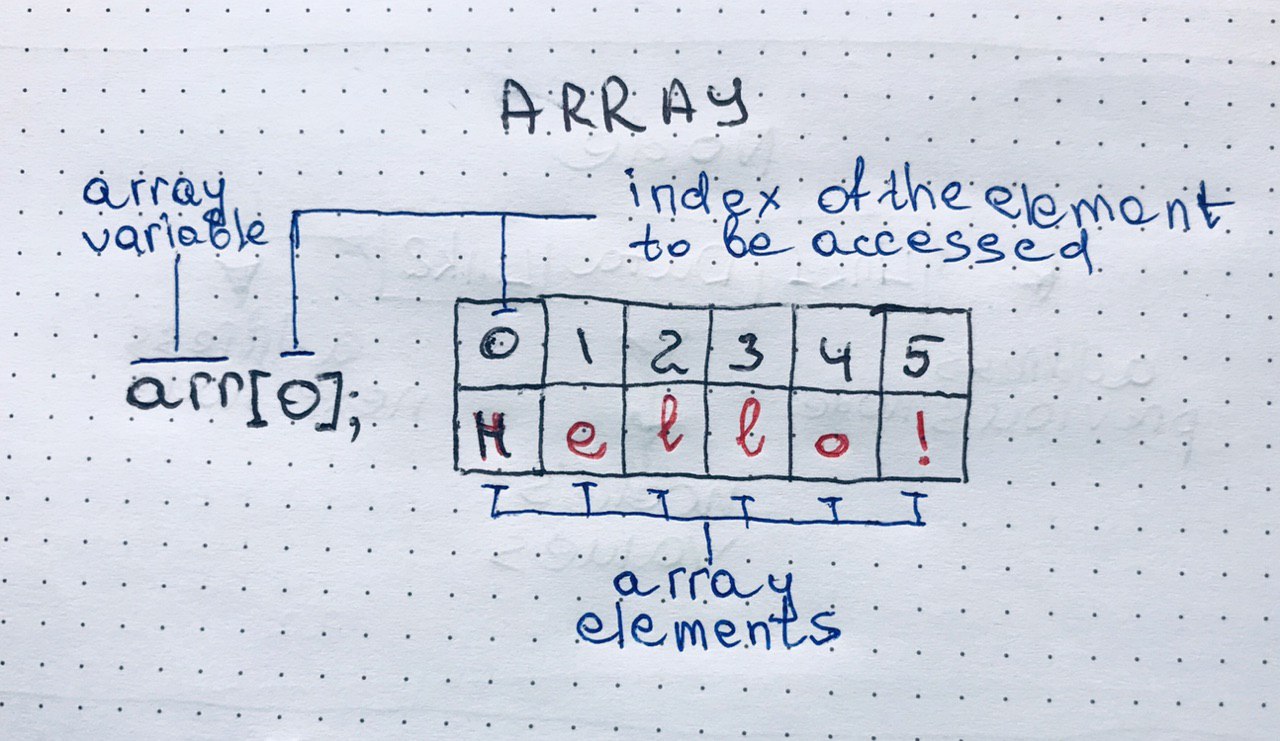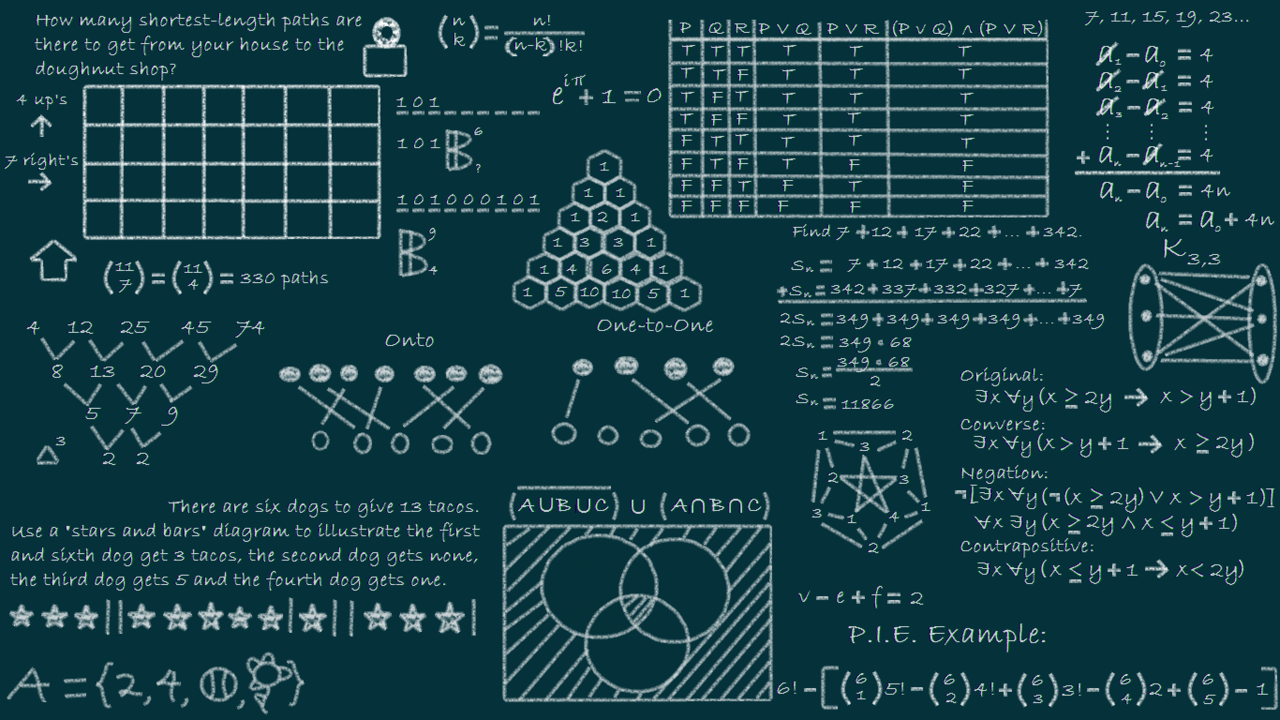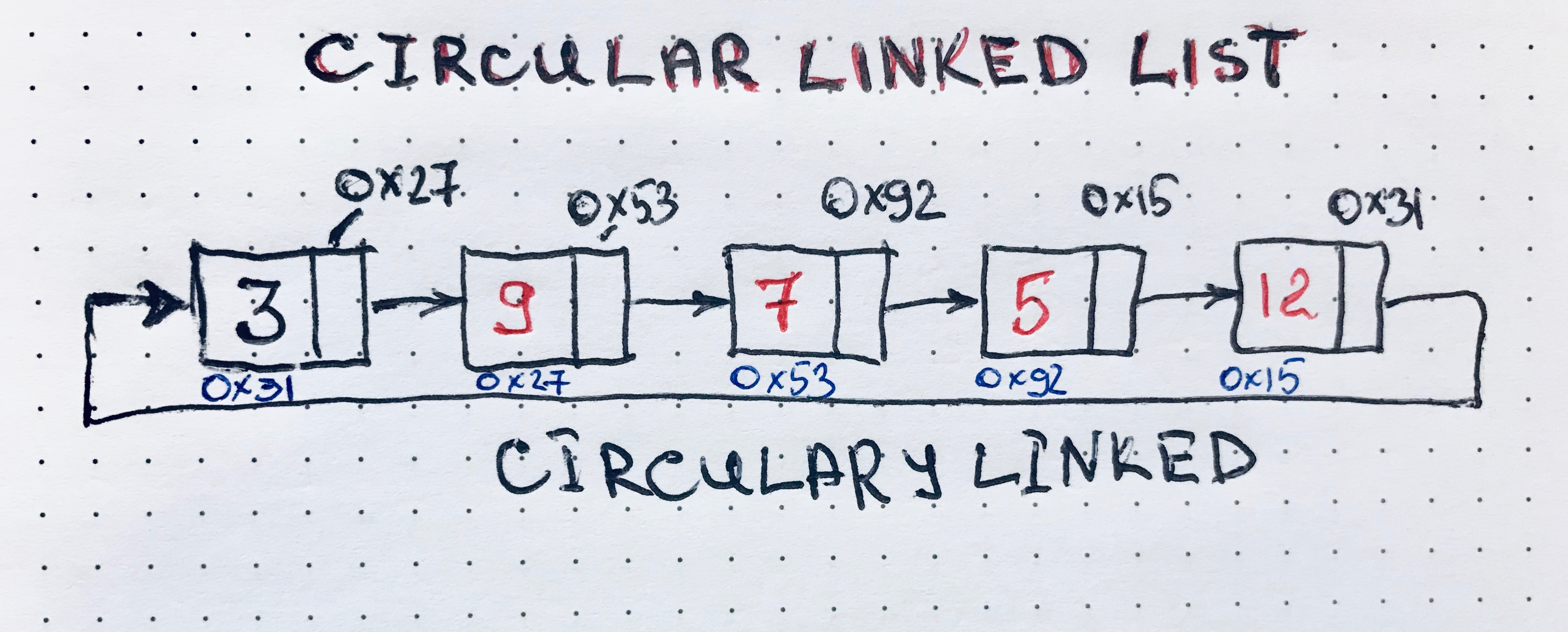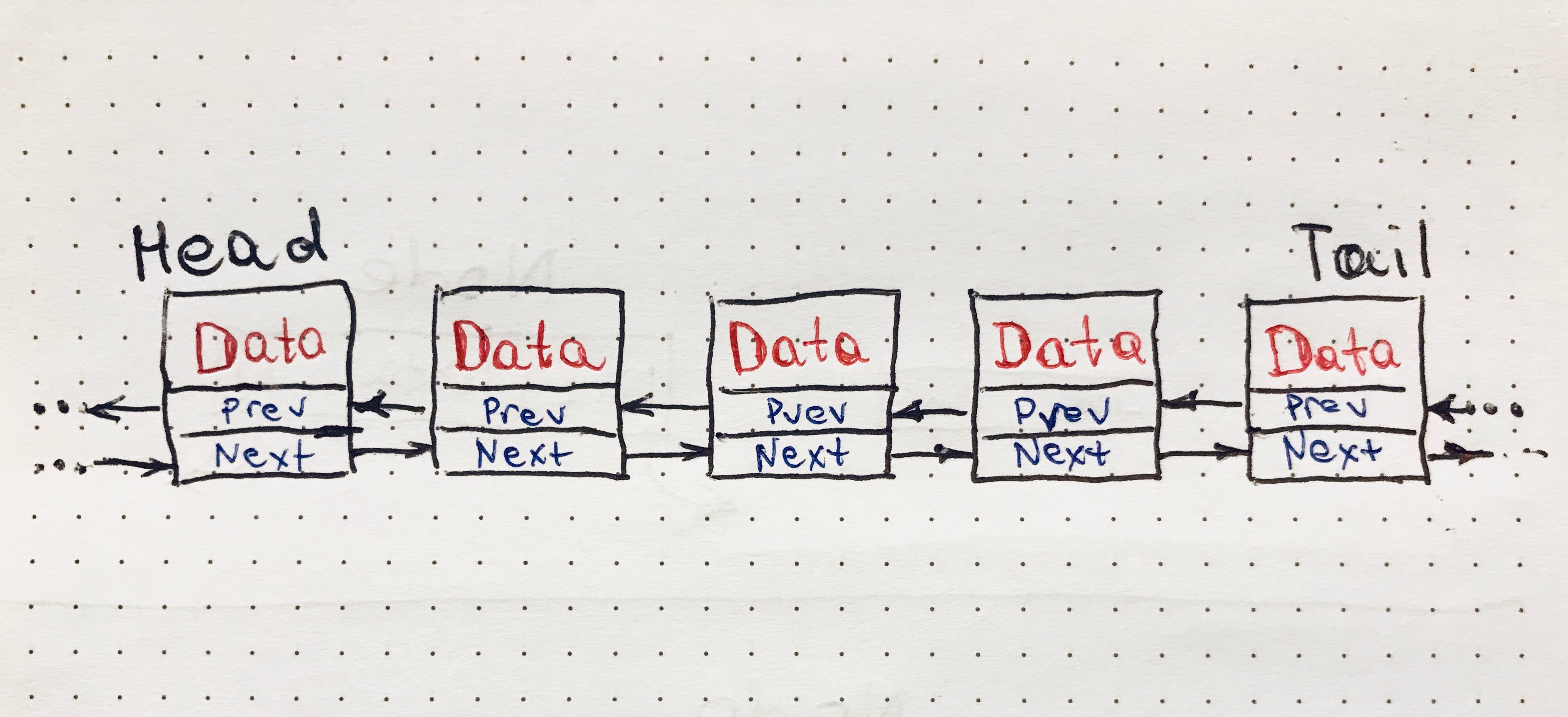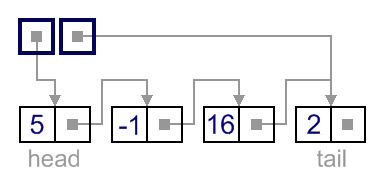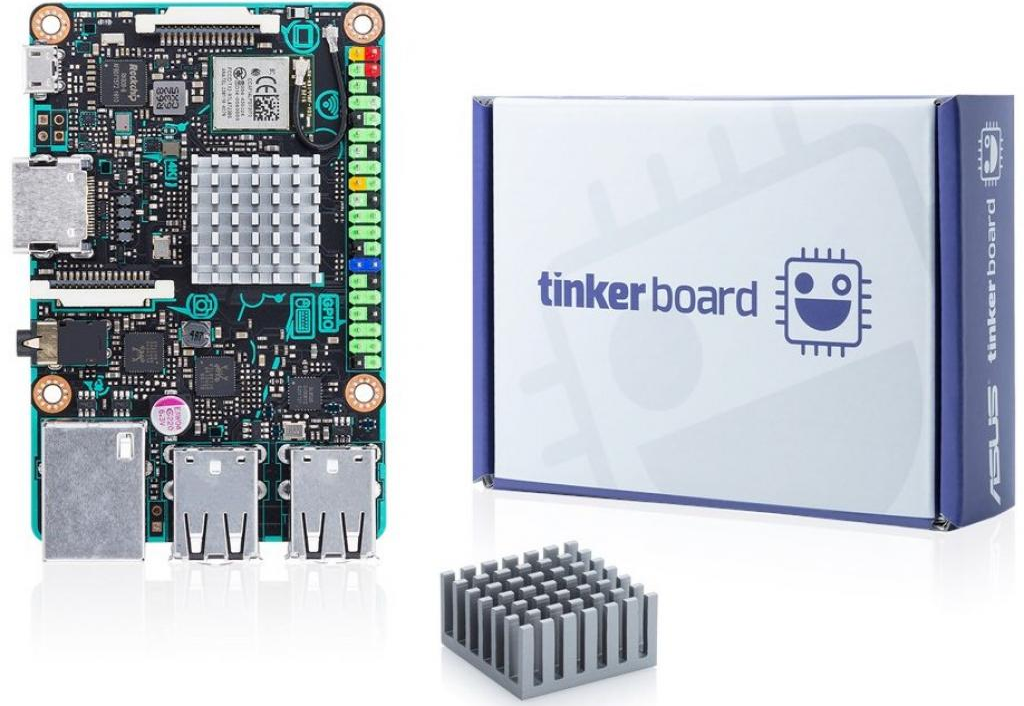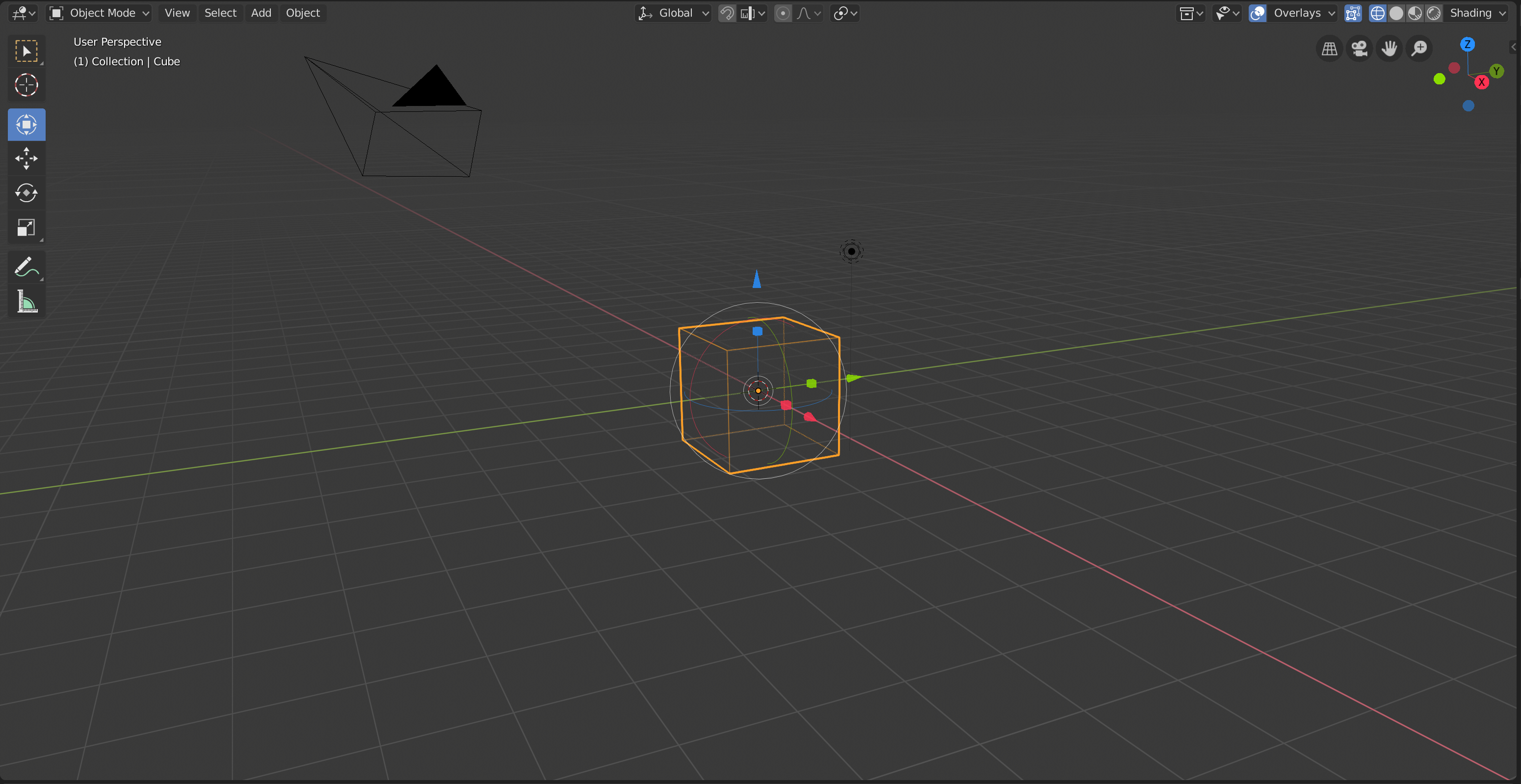
Sorting Algorithms
A sorting algorithm is an algorithm made up of a series of instructions that takes an array as input, performs specified operations on the array, sometimes called a list, and outputs a sorted array. Sorting algorithms are often taught early in computer science classes as they provide a straightforward way to introduce other key computer science topics like Big-O notation, divide-and-conquer methods, and data structures such as binary trees, and heaps.
Read more